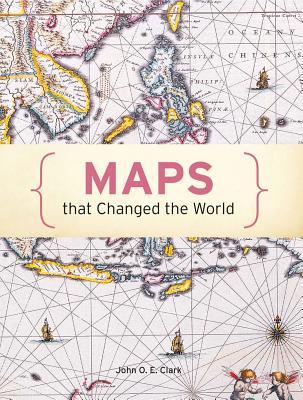What do you think?
Rate this book


256 pages, Hardcover
First published April 5, 2016
No one could possibly have survived the blast of the historic Atlantis. All of Thera’s cities, fleets and its entire population vanished beneath the sea. And it seems the entire Minoan Sea Empire’s ports, harbours, towns and coastal lands were swept away by the largest tidal wave ever to imperil the human race.
Tolkien’s creation of Middle-earth is his attempt to recreate a world of forgotten English archetypes. The scale of Tolkien’s undertaking is staggering. It would be as if Homer, before writing the Iliad and the Odyssey, had first to invent the whole of Greek mythology and history. What is most remarkable is that Tolkien actually achieved his ambitions to an extraordinary degree. His hobbits are now as much part of the English heritage as leprechauns are to the Irish, gnomes to the Germans and trolls to the Scandinavians.
Although all maps have their shortcomings, people are inclined to trust what they see when presented with one.